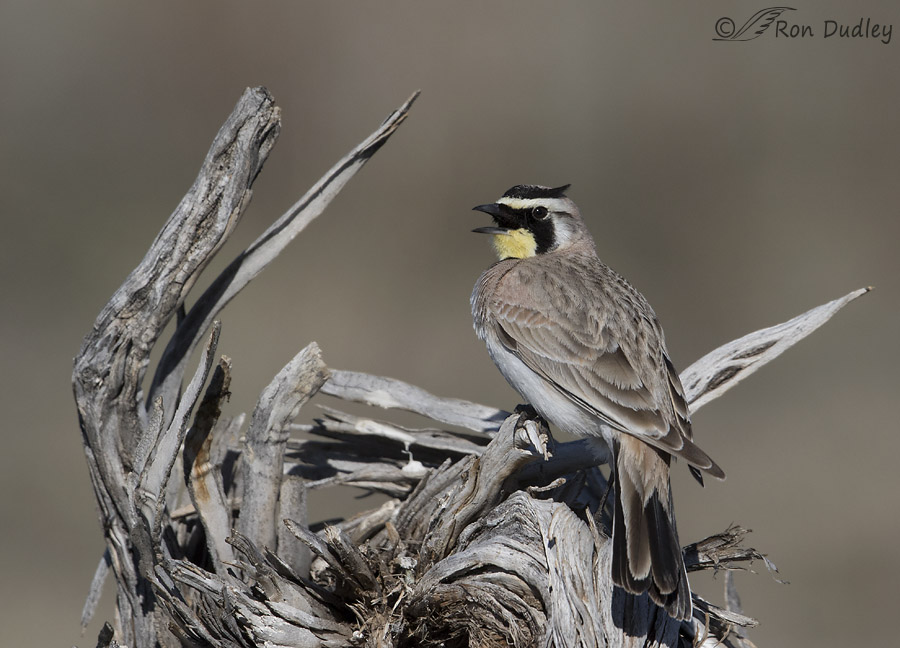
I have to constantly remind myself that just because a particular bird is common doesn’t mean that it isn’t a worthy photo subject. I seldom post images of species like House Finches, American Coots and Horned Larks simply because they’re ubiquitous and that’s my shortcoming, not theirs.
Continue reading